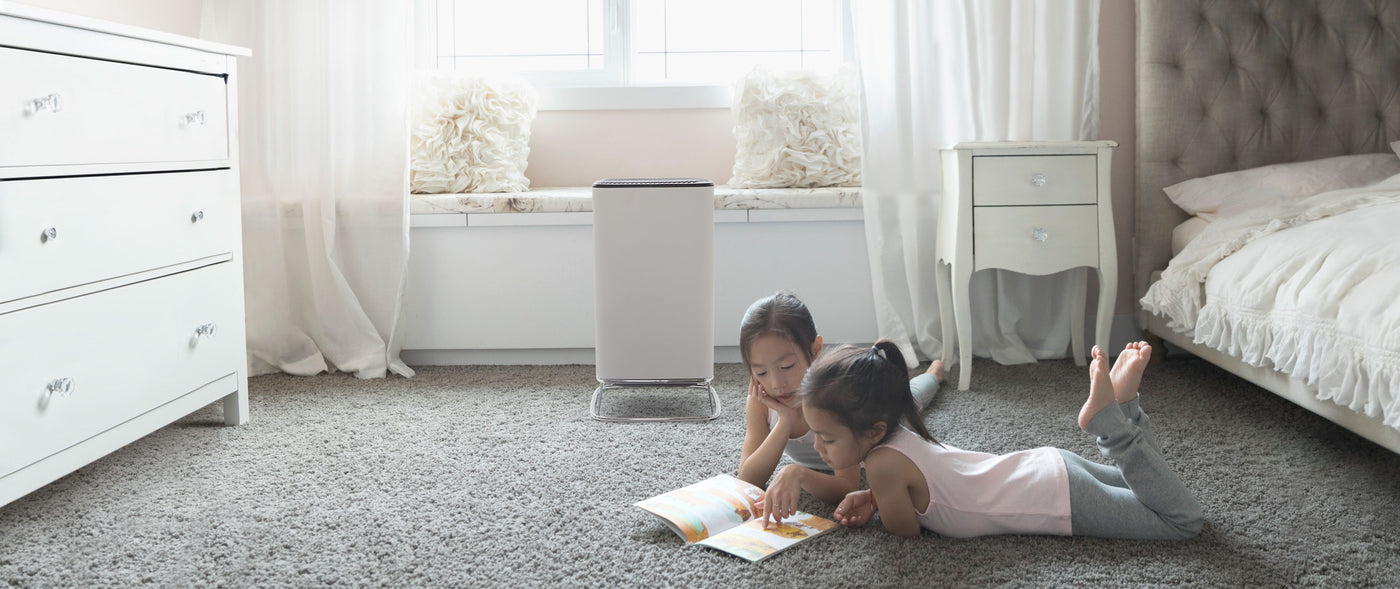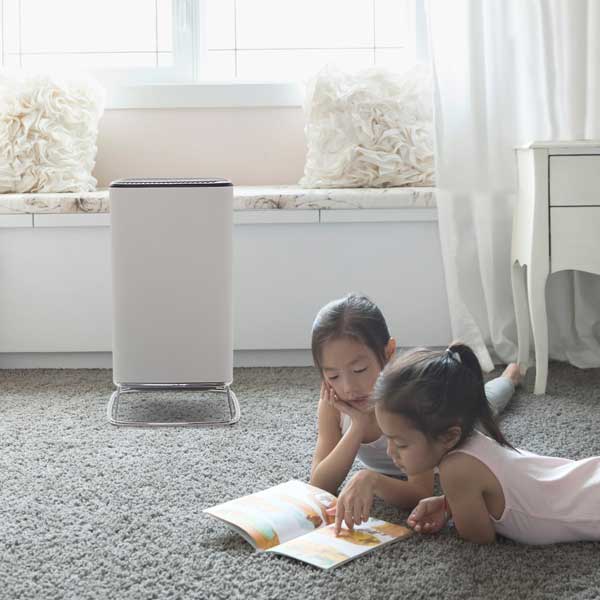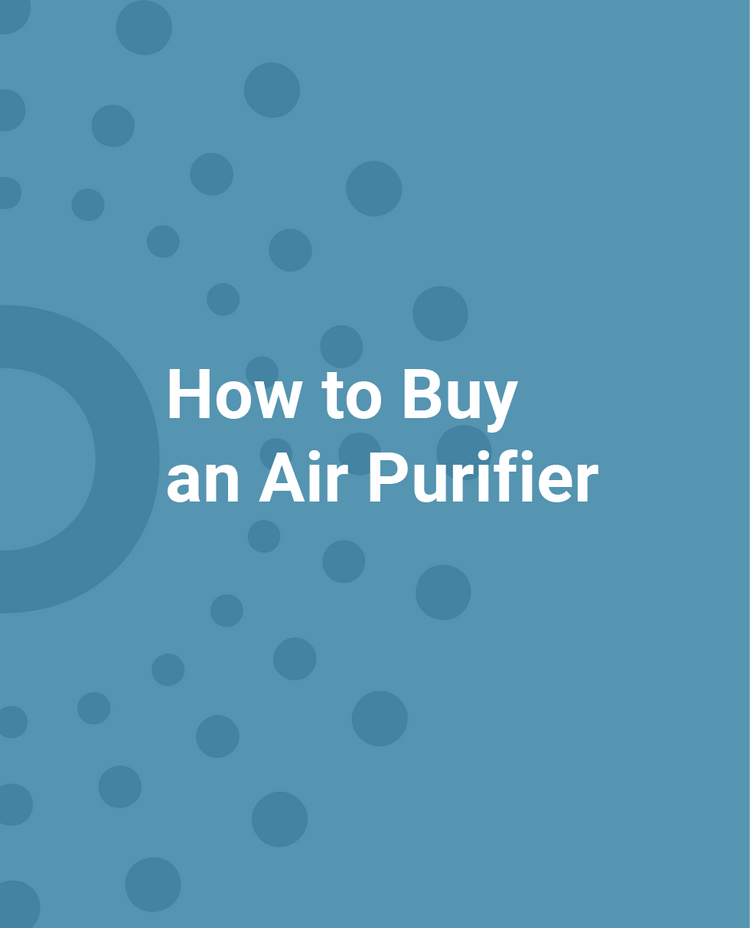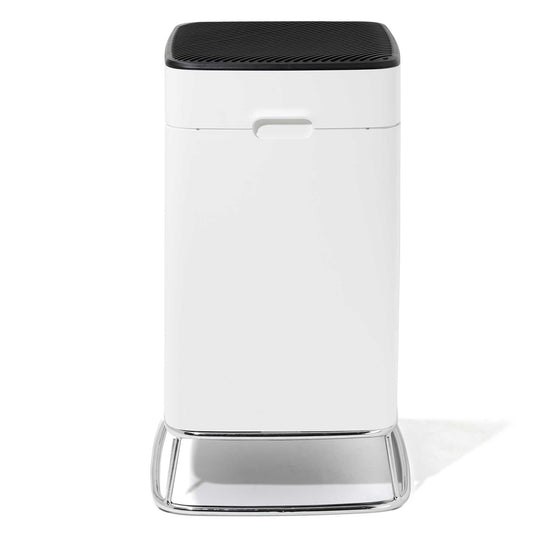CADR? CFM? ACH? The alphabet soup of terms doesn’t make it easy to make a decision.
To simplify things, start by determining your room size in square feet.
Next think about your air quality issues. Are you concerned with general wellness or ongoing health issues such as allergies and asthma? Worried about environmental pollution infiltrating your home? Or more acute concerns like wildfires or viruses? The more significant the concern (and this can vary from day to day) the more quickly you will want the air to circulate through the air purifier. For general wellness, every 30 minutes might be fine. For allergies and asthma or other acute issues you may want to circulate the air three, four or five times an hour. The number of times the air circulates through the air purifier in an hour is known as the ACH (for air changes per hour)
Air quality experts recommend a minimum of 3 air changes per hour – or a full air recirculation at least every 20 minutes for typical homes. The higher the ACH, the faster an air purifier can clean the room and the more effective it will be in keeping the room clean.
It’s important to understand, however, that if you want a higher number of air circulations per hour, this will reduce the size of the room that can be cleaned for any air purifier.
Along with room size and desired air changes per hour the third thing to consider is CADR, which stands for clean air delivery rate. CADR measures the initial effectiveness of a new air purifier in reducing particle concentration in a room. CADR gives you a way to compare new air purifiers (with new filters) and is used to determine the maximum size room any tested air purifier will clean. CADR can be thought of as the initial cleaning power of an air purifier.
There's more to selecting an air purifier than just CADR (specifically effectiveness over time), but it is a good starting point.
Once you have determined the room dimensions, and that you want to keep the air changes per hour (ACH) at 3 (every 20 minutes) for example, you can use a simple rule of thumb to determine the clean air delivery rate (CADR) needed to get the job done well.
You can multiply the room size by 0.4 to get to the minimum CADR needed for your space. Looking at it the other way around, you can multiply the published CADR for any air purifier by 2.5 to determine the maximum room size that can be effectively cleaned every 20 minutes.
So, for example. If you have a room that is 325 square feet, you will need an air purifier with a CADR of 130 or higher. Or if you were evaluating a specific air purifier you could multiply the published CADR by 2.5 to determine what size room it cleans every 20 minutes.
Another example: If the CADR is 200, multiply this by 2.5 to get 500 square feet, the maximum room size that can be cleaned effectively.




